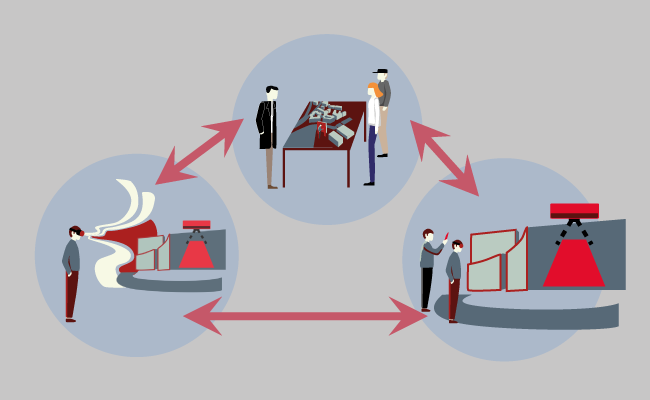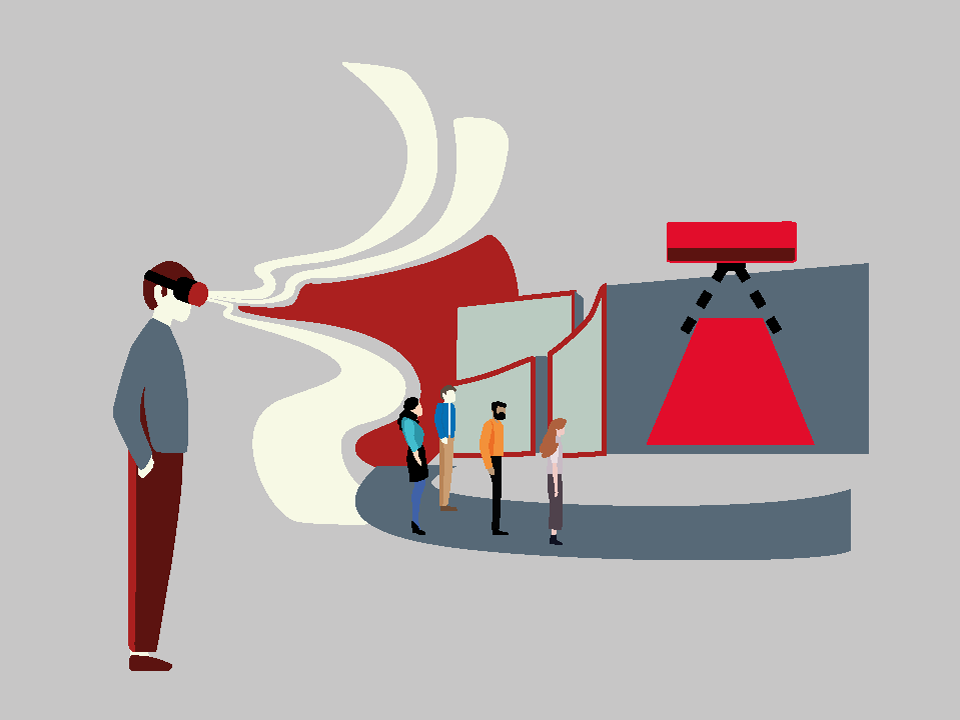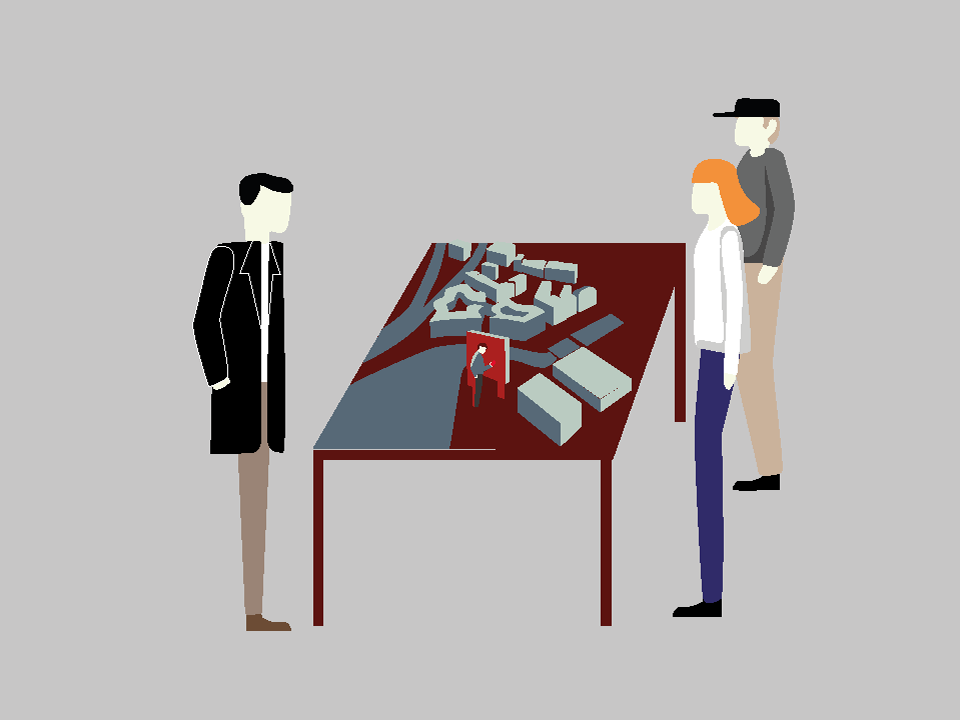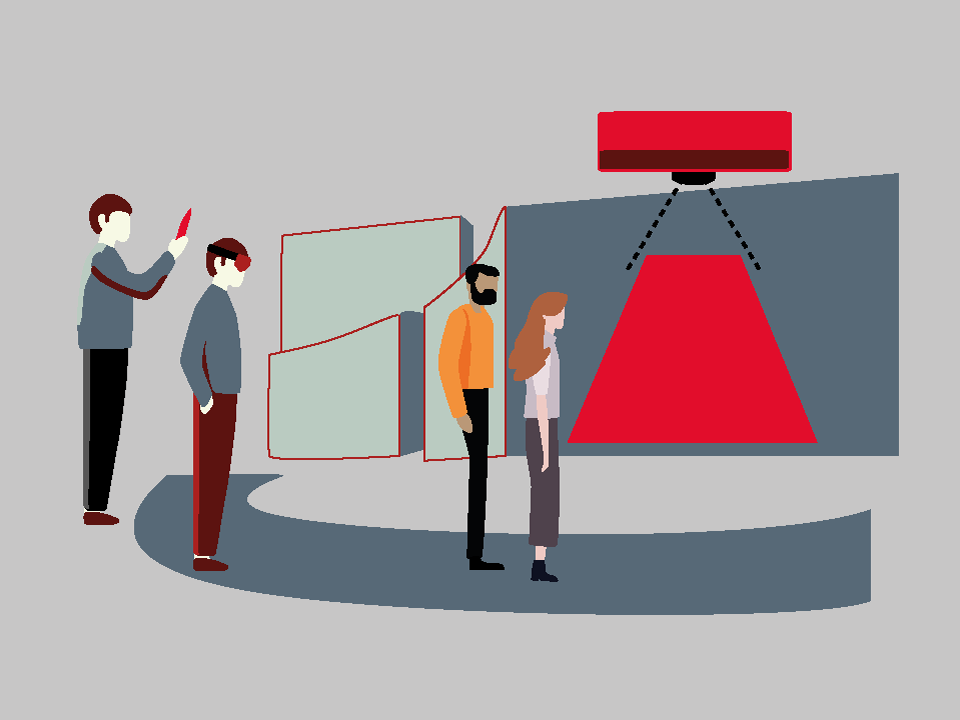
The general technological development is enabling the progressive digitalisation of the public space, thereby creating opportunities to design new and to refine traditional spaces of exchange and communication. Especially interactive public screens are already becoming a more and more common sight in the public space. This development raises new challenges and requirements in regard to value-sensitive questions of security, privacy and self-representation of the citizens that are subjected to digital elements in the public space. This project aims to connect groups of people that on one hand are involved in the planning, design and development of installations and on the other, the citizens that live their everyday life in the public space that is altered through digitalisation.
A big challenge in developing installations for the public space is that they are seen and used by many people going along their different walks of life. Integrating the users into the development process is crucial to the success of digital installations especially for projects in the public space where every citizen can be a potential user. User-centred design methods describe how citizens can participate in the idea development and through their involvement, in turn, help the developers to make more informed design decisions, as well as foster the acceptance of changes to the urban environment. These methods are tested and used in developing everyday objects. For big installations in urban contexts, the user-centred design process becomes more complicated. In this case, there are many different people who see and interact with the installations simultaneously. This must be considered in the usability factors of the design.
Public installations and media architecture are often planned and designed by expert groups who are off-site and away from the target group for a lot of time. In order to quickly iterate through ideas to test their feasibility with potential users, rapid prototyping and previsualization methods are helpful tools to be utilized. Technologies like augmented or virtual reality applications give completely new possibilities for prototyping installations remotely to various degrees of immersion.
The Urban Previs Prototyping project aims to research effective tools and methods that allow creators, citizens and stakeholders to work hand-in-hand by immersively experiencing and collaboratively prototyping throughout all phases of the development process. By employing emerging technologies combined with well-known approaches from design thinking, rapid prototyping and user-centred design research we want to develop new workflows for urban space installations used by many people. Mixed and Virtual Reality act as a bridge between a virtual representation and reality to allow co-creation and evaluation of human factors early in the prototyping process.

In a series of lectures students from the design faculty work together with students from the media informatics and -technology field. We apply traditional design thinking and rapid prototyping methods as well as adopt new strategies in ideation and prototyping. The goal is to develop quick prototypes of the students’ ideas that test and refine design and implementation concepts of interactive digital artefacts. With this, we also familiarize them with the professional design thinking tools as well as let them innovate their own methods.


